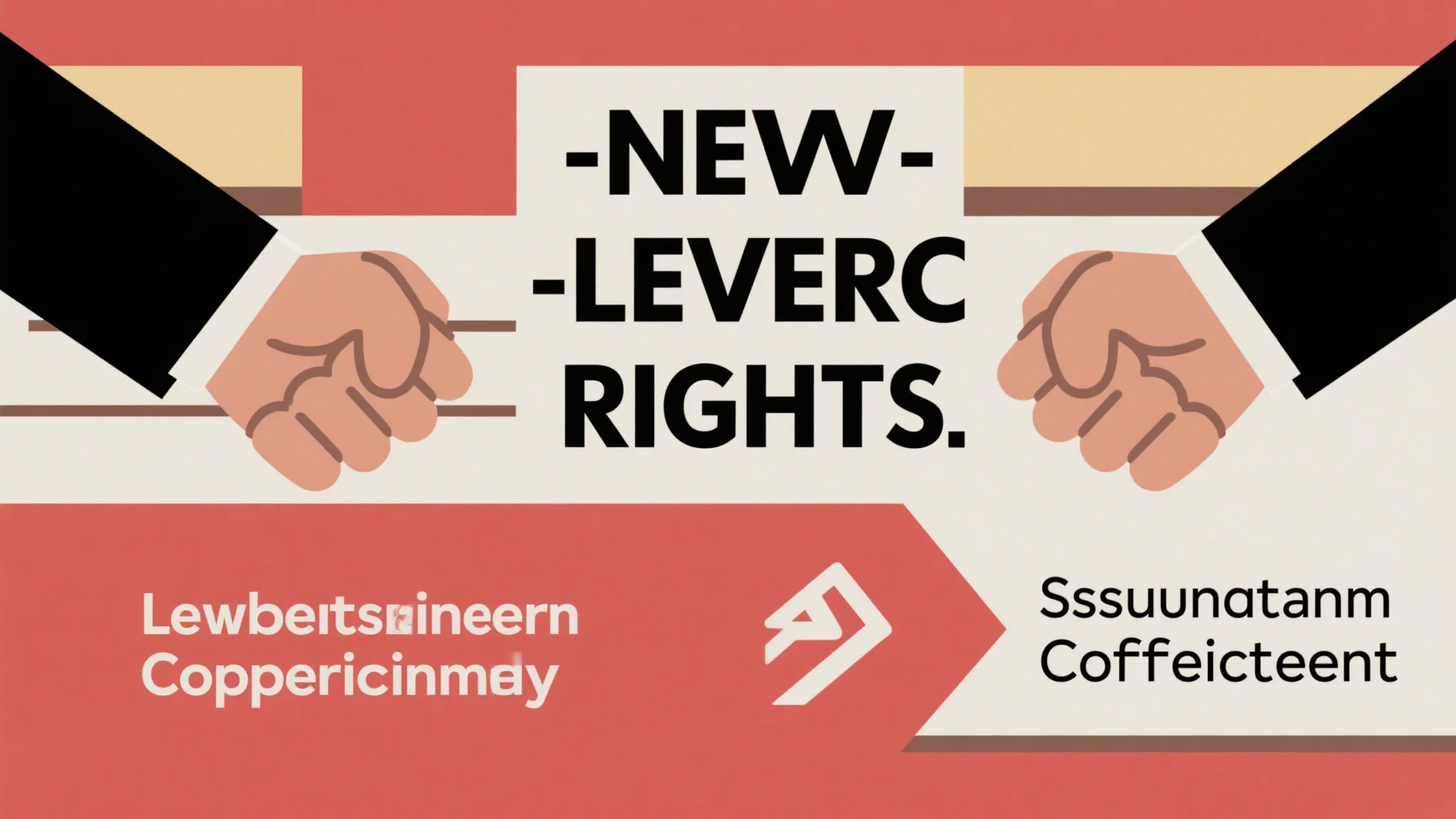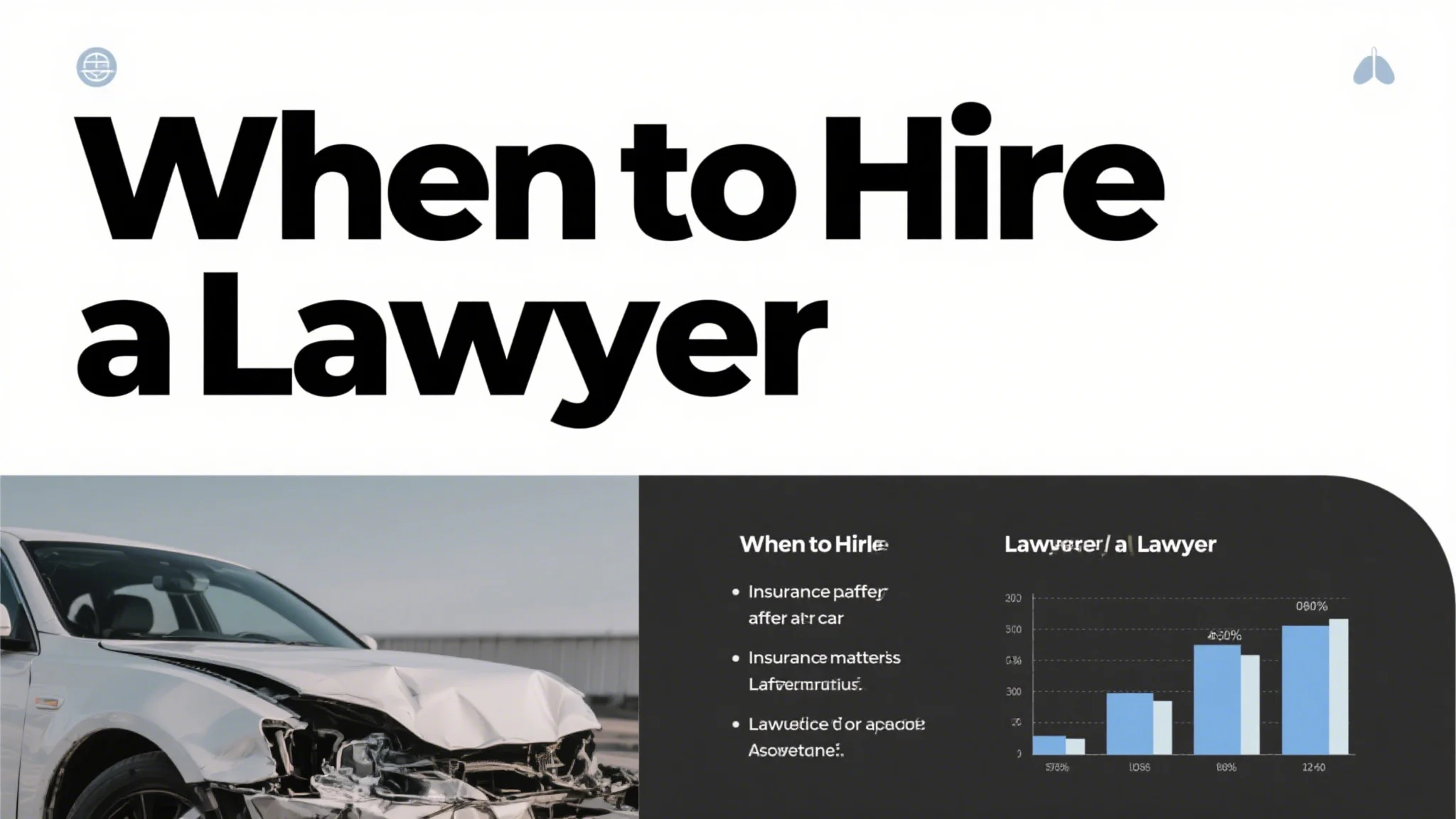Refinancing your mortgage is a decision that can have a significant impact on your financial future. For many homeowners, the idea of switching from a traditional 30-year mortgage to a 15-year plan might seem daunting at first. However, it could be one of the best financial moves you ever make. In this article, we’ll explore the benefits and considerations of refinancing to a 15-year mortgage plan, helping you decide whether it’s worth it for your situation.

What Is Refinancing?
Refinancing your mortgage involves replacing your current mortgage with a new one, often with better terms. This could mean securing a lower interest rate, reducing your monthly payment, or shortening the loan term. When it comes to a 15-year mortgage, the goal is to pay off your home loan in half the time of a standard 30-year plan. While this might mean higher monthly payments, it also offers the advantage of significant interest savings over the life of the loan.
Why Consider a 15-Year Mortgage?
Lower Interest Rates: If you secured your mortgage years ago, it’s possible that your current interest rate is higher than what’s available today. Refinancing to a 15-year plan with a lower rate can save you thousands of dollars in interest over the life of the loan.
Faster Homeownership: Paying off your mortgage in 15 years instead of 30 means you’ll own your home outright sooner. This can provide peace of mind and financial flexibility, knowing that your housing expenses are behind you.
Increased Equity: By paying off your mortgage faster, you’ll build equity in your home more quickly. This can be a valuable asset for future financial goals, such as retirement or funding for your children’s education.
Reduced Long-Term Costs: Over the course of a 30-year mortgage, you’ll pay a substantial amount in interest. A 15-year plan significantly reduces these costs, allowing you to save more money overall.
Is a 15-Year Mortgage Right for Everyone?
While the benefits of a 15-year mortgage are clear, it’s not the right choice for every homeowner. Here are some factors to consider before making the switch:
Monthly Payment Affordability: The main drawback of a 15-year mortgage is the higher monthly payments. If your budget is tight, this could be a challenge. However, if you have the financial flexibility to handle a larger payment, it might be worth considering.
Interest Rates: The current state of interest rates plays a crucial role in determining whether refinancing is beneficial. If rates are low, you could save a considerable amount of money. On the other hand, if rates are high, refinancing might not provide the savings you’re hoping for.
Long-Term Plans: If you plan to stay in your home for the foreseeable future, a 15-year mortgage could be a great option. However, if you’re considering moving in the next few years, the costs associated with refinancing might outweigh the benefits.
Debt Repayment Strategy: If you’re currently paying off other debts, such as student loans or credit cards, you might want to prioritize those before refinancing your mortgage. A 15-year mortgage requires a significant commitment, so it’s important to ensure it aligns with your overall financial goals.
How to Decide If It’s Worth It
To determine whether refinancing to a 15-year mortgage is the right move for you, consider the following steps:
Calculate Your Savings: Use a mortgage calculator to compare the total cost of your current mortgage with the proposed 15-year plan. This will help you understand how much you stand to save in interest and how much faster you’ll pay off your loan.
Assess Your Budget: Evaluate your monthly budget to see if you can comfortably handle the higher payments associated with a 15-year mortgage. If you can, it might be worth the trade-off for the long-term savings.
Review Your Financial Goals: Think about your short-term and long-term financial goals. If owning your home outright sooner aligns with these goals, a 15-year plan could be a smart choice.
Consult a Professional: Work with a financial advisor or mortgage broker to get personalized advice. They can help you weigh the pros and cons based on your unique financial situation.
When deciding whether to refinance your mortgage to a 15-year plan, it’s important to carefully evaluate your current financial situation and future goals. While the benefits of this approach are clear for many homeowners, it’s not a decision to take lightly. In this second part of our article, we’ll explore additional considerations and tips to help you make an informed decision.
Key Considerations for Refinancing to a 15-Year Mortgage
Closing Costs: Refinancing your mortgage typically comes with closing costs, which can range from a few thousand to several thousand dollars. These costs include fees for appraisal, title insurance, and origination. While these costs can be rolled into your loan, they will increase the total amount you pay. Be sure to factor these into your decision-making process.
Interest Rate Comparison: Before refinancing, compare the interest rate on your current mortgage with the rate offered on the 15-year plan. If the new rate is significantly lower, it could be worth the switch. However, if the rate is only slightly lower, the savings might not justify the higher monthly payments.
Loan Term: A 15-year mortgage means you’ll be making payments for half the time of a 30-year loan. This shorter term can be beneficial, but it also means you’ll need to commit to a larger monthly payment for a longer period. Ensure that this fits into your financial plan.
Debt-to-Income Ratio: Lenders typically require a certain debt-to-income (DTI) ratio to qualify for a refinanced mortgage. If your DTI is too high, you might not qualify for the best rates or terms. Work on reducing your other debts before refinancing if your DTI is a concern.
Home Equity: If you’ve built significant equity in your home, refinancing to a 15-year plan could allow you to access that equity. However, it’s important to use this equity wisely, as taking on more debt could hinder your financial progress.
Alternatives to a 15-Year Mortgage
If a 15-year mortgage doesn’t quite fit your financial situation, there are other options to consider. For example, you could opt for a 20-year or 25-year mortgage, which offers a compromise between the 15-year and 30-year plans. These options typically have lower monthly payments than a 15-year plan while still allowing you to pay off your mortgage faster than a standard 30-year loan.
Additionally, you could explore the possibility of making extra payments on your current mortgage. This approach allows you to pay off your loan faster without refinancing. By making a few extra payments each year, you could significantly reduce the total interest paid and shorten the loan term.
Tips for Success
Shop Around for the Best Rates: Don’t settle for the first refinancing option you come across. Shop around with multiple lenders to find the best rates and terms.
Understand the Fine Print: Make sure you fully




